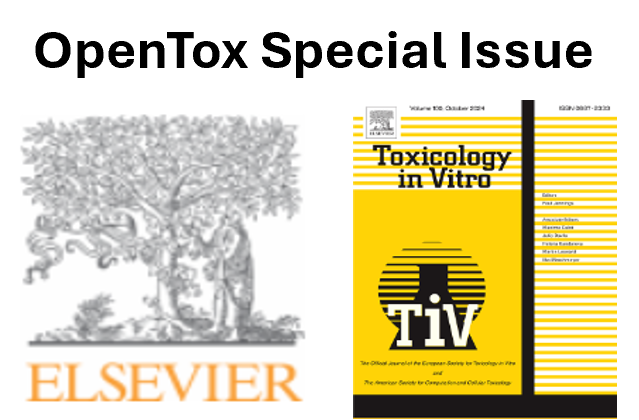
In 2023, Johannes Becker was admitted to the collaboration group of the Institute of Comprehensive Molecular Analytics, which is jointly operated by the Helmholtz Munich and the University of Rostock in Germany. He is currently pursuing doctoral studies at the institute. He is entrusted with the EU funded ULtrafine particles from TRansportation – Health Assessment of Sources (ULTRHAS) project, which aims to conduct a health assessment of sources of transport emissions in collaboration with the research consortium. Therefore, he established a co-culture model of the human epithelial barrier for in-vitro toxicity testing of aerosols at the Air-Liquid Interphase. He is currently assisting with the integration of the toxicological data set of ULTRHAS into the risk assessment of transport modes by comparing the toxicological effects of different aerosols. In 2022, he received a Master of Science degree from the University of Konstanz, Germany, while focusing on in vitro toxicology and the role of selenocysteine metabolism in regulated cell death. He previously obtained a Bachelor of Science degree in Biochemistry from the University of Würzburg, Germany.
An in-vitro model for toxicity testing of non-exhaust emissions at the Air-liquid interphase
J. Becker1,2,3, J. Pantzke1,3, S. Offer1,2, C. Neukirchen1,3,4, M. Saraji-Bozorgzad1,4, T. Adam1,3,4, S. Di Bucchianico1,2,3, R. Zimmermann1,2,3 and the ULTRHAS consortium
1Joint Mass Spectrometry Centre (JMSC) at Comprehensive Molecular Analytics (CMA), Helmholtz Zentrum München, D-85764 Neuherberg, GER
2Department Life, Light Matter, Interdisciplinary faculty, University of Rostock, D-18051 Rostock, GER
3(JMSC) at Analytical Chemistry, Institute of Chemistry, University of Rostock, D-18051 Rostock, GER
4Universität der Bundeswehr MUC, Institute of Chemical and Environmental Engineering, Fakultät für Maschinenbau, D-85577 Neubiberg
Background: Traffic-related non-exhaust emissions (NEE) are currently unregulated, although they can exceed vehicle exhaust emissions and represent a major source of metals in urban atmosphere. Physical and chemical characteristics of NEE emissions are important drivers of detrimental effects. Indeed, it´s not clear how different material formulation may relate to toxicological effects.
Methodology: We investigated the toxicological potential of different NEE by exposing a 3D co-culture model of bronchial epithelial cells and macrophages grown on the apical side of insert membranes, and vascular endothelial cells underneath, to NEE particles from brake wear and catenary sparking at the Air-Liquid Interface. Changes in gene expression were investigated using RNA sequencing in both directly exposed apical cells and in not-directly exposed endothelial cells. Dose-response studies on cellular metals dose, cytotoxicity, genotoxicity, epithelial barrier integrity, immune modulation and oxidative stress were also performed. Emissions were generated in-situ with an EURO7-compliant dynamometer and a spark discharge generator.
Results: A significant fraction of the aerosol particles was found in the ultrafine fraction (UFP, <100 nm) with spark generate UFPs having a geometric mean diameter of 30 nm. Even when only small amounts of metals were deposited on the cells (less than 20 ng/cm2), significant epithelial barrier impairment was observed, with spark generated UFP more effective than brake wear particles. However, brake wear UFPs were the most effective in inducing genomic instability both in directly exposed apical cells and in endothelial cells without pro-inflammatory responses. Consistently, gene expression changes resulted in the largest number of dysregulated genes suggesting the contribution of DNA repair, metabolism of proteins and extracellular matrix organization in the observed effects.
Comparison of the toxicity of the different test sources suggests that the toxicological potential of NEE depends more on the source material formulations, or chemistry, than on the physical properties of the particles.
Keywords: In-vitro aerosol toxicology, Air-Liquid Interphase, Particulate Matter, Non-exhaust emissions
This work was supported by the ULTRHAS project funded under the EU´s Research and Innovation programme Horizon 2020 (Grant agreement No. 955390).

